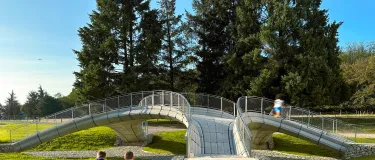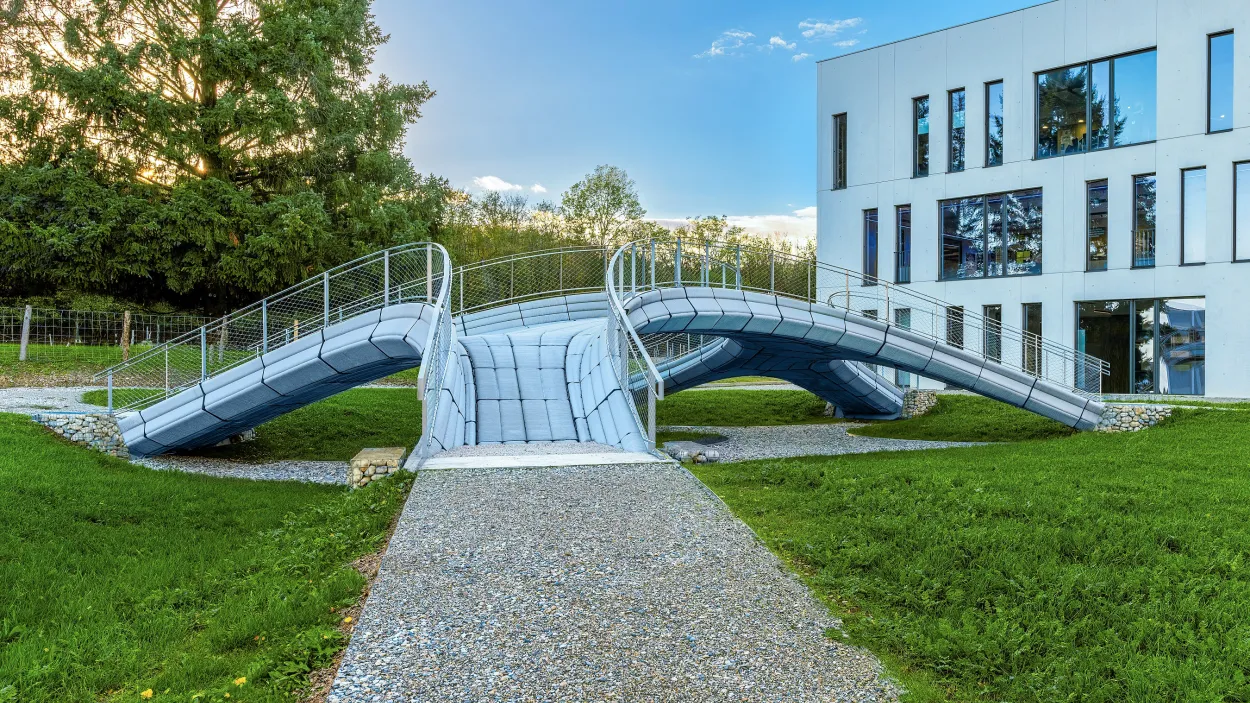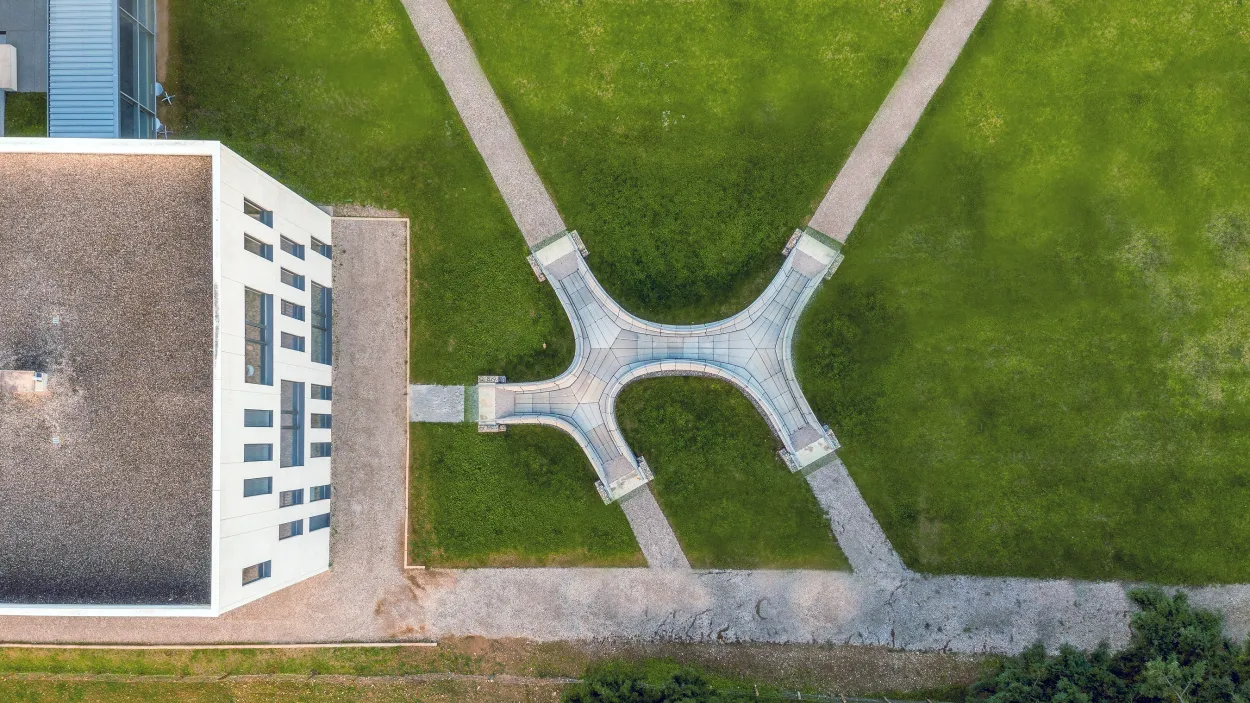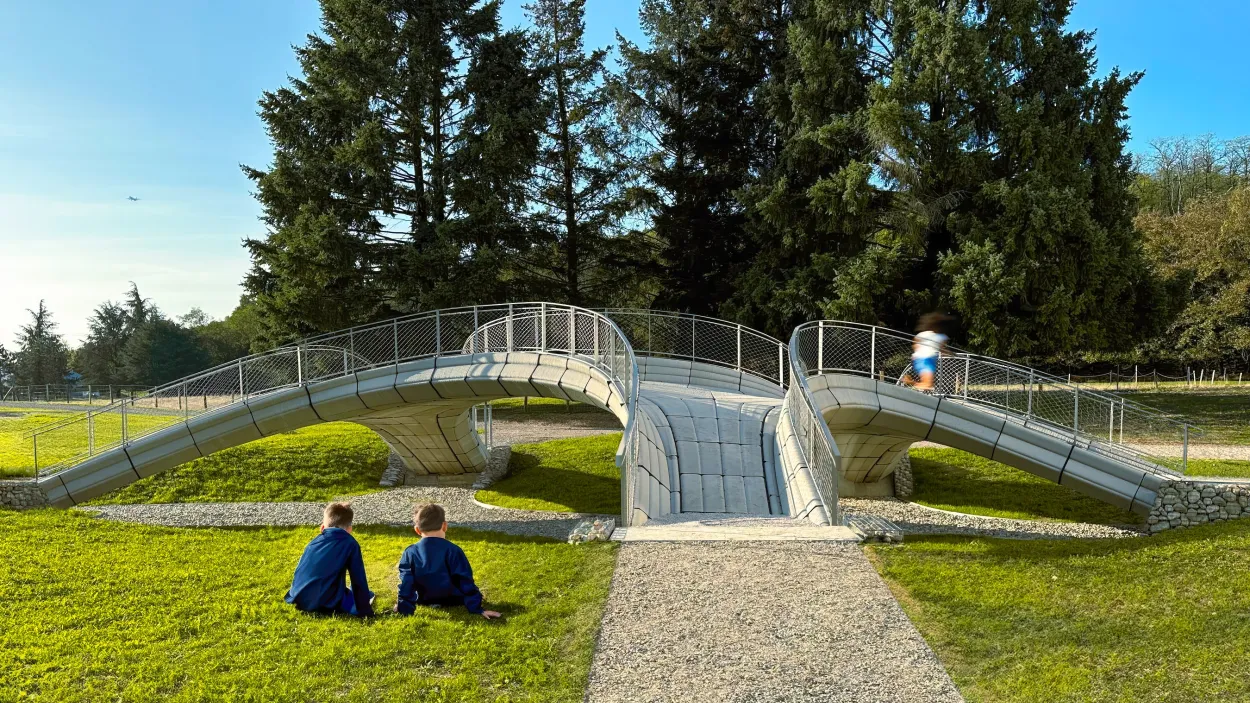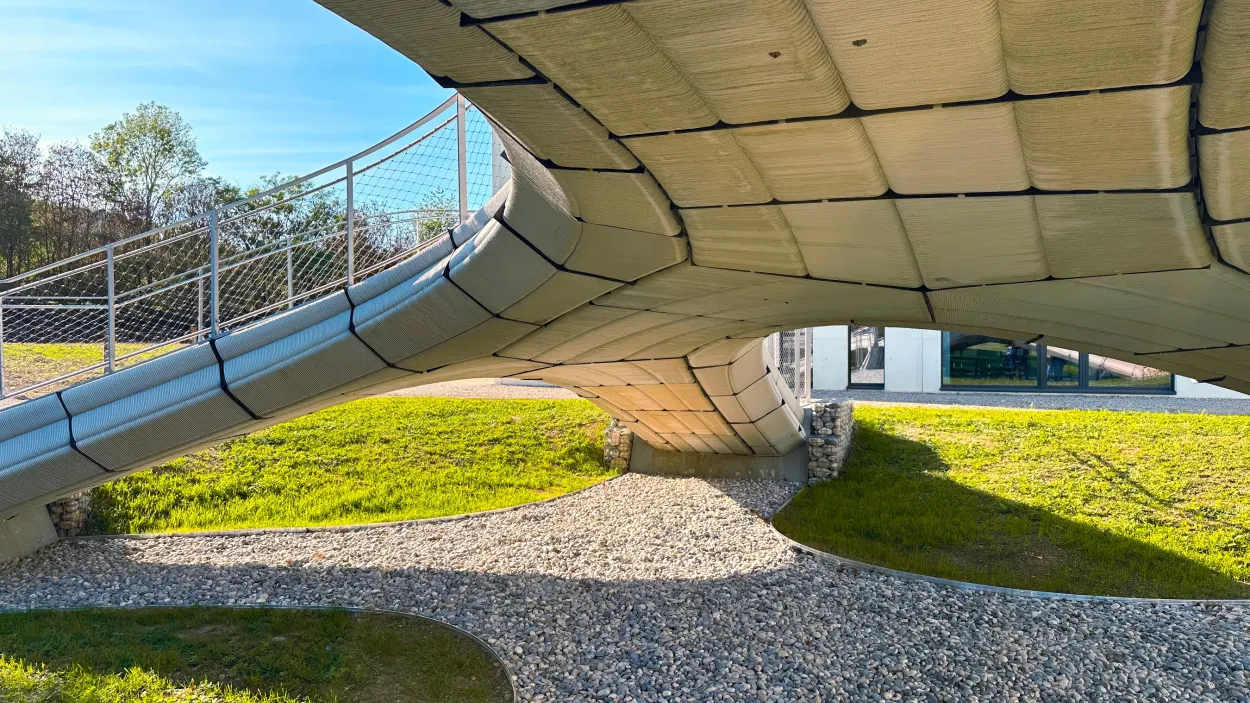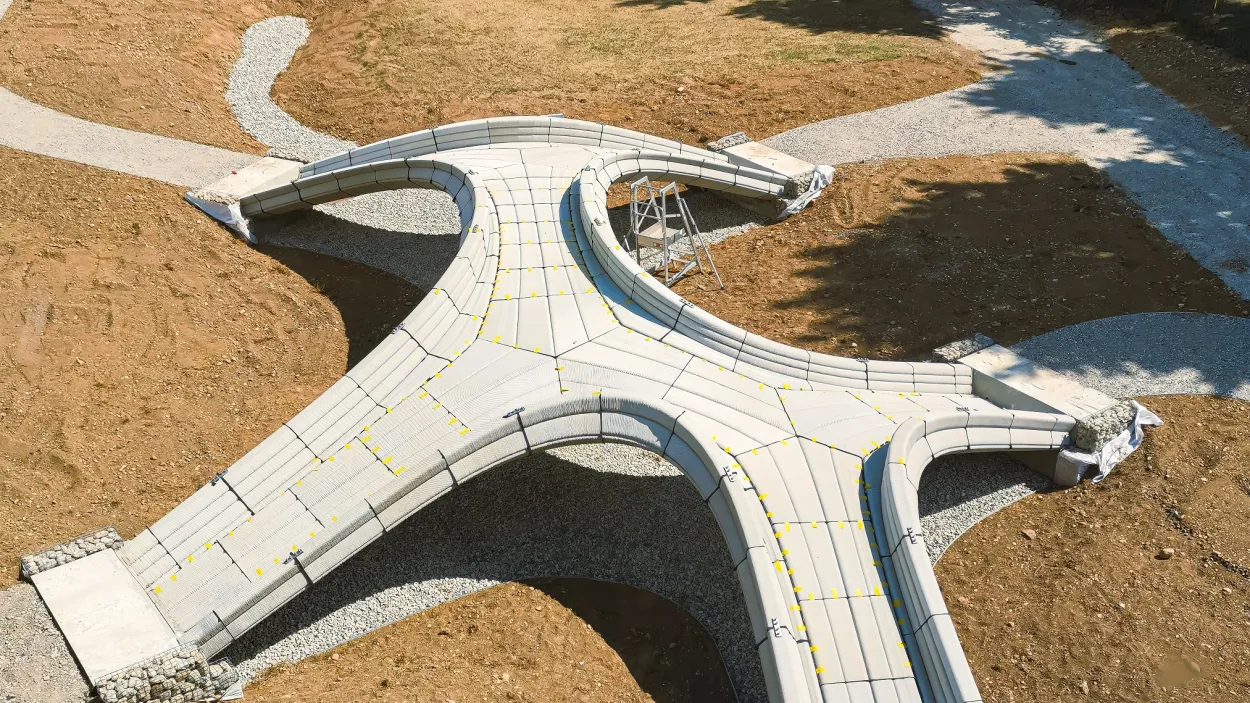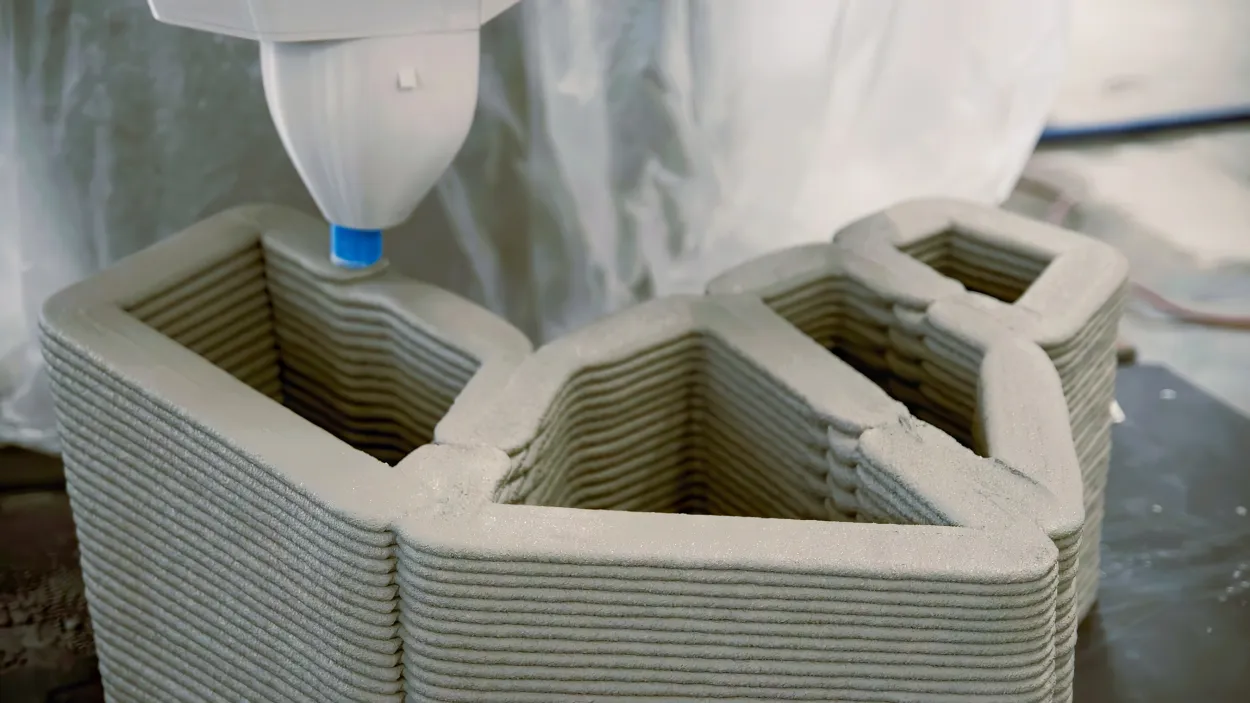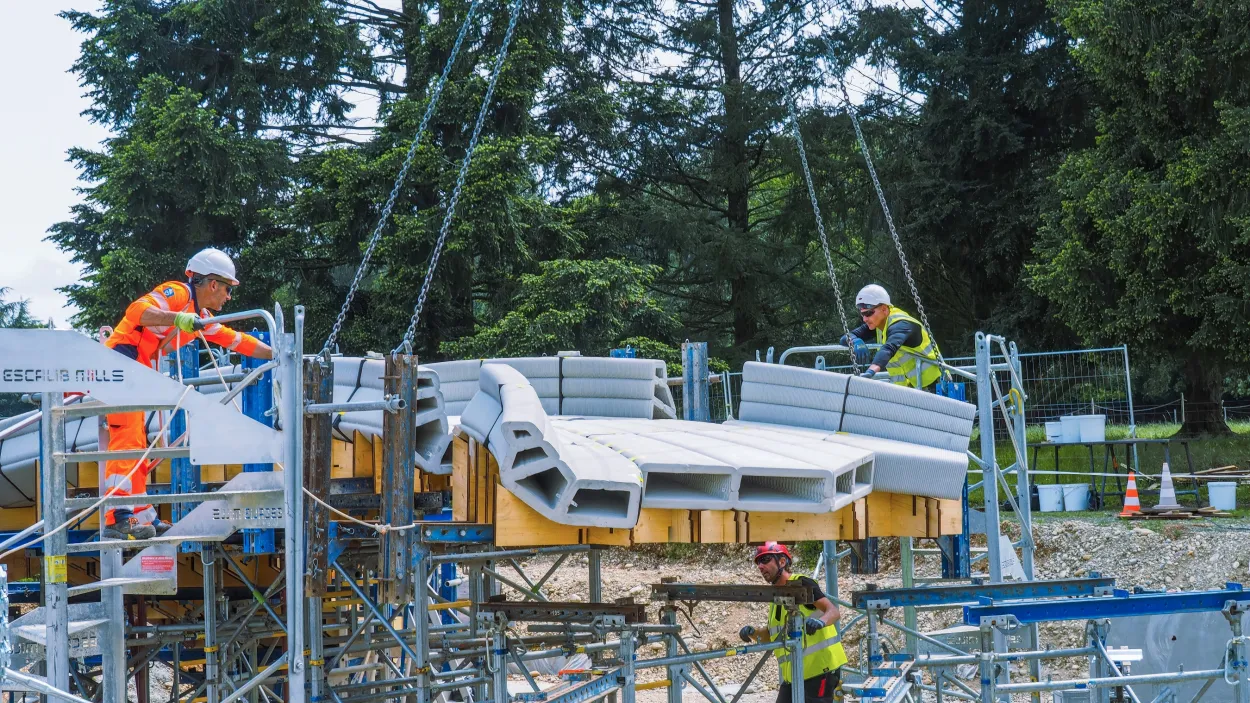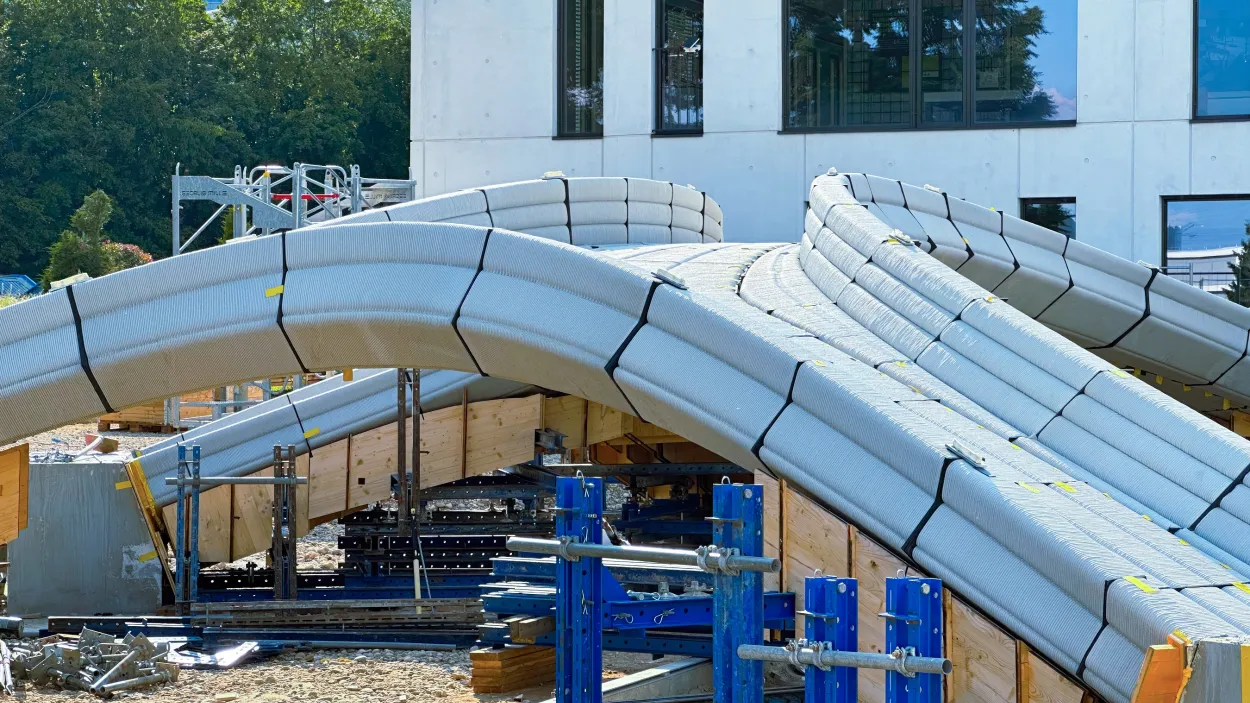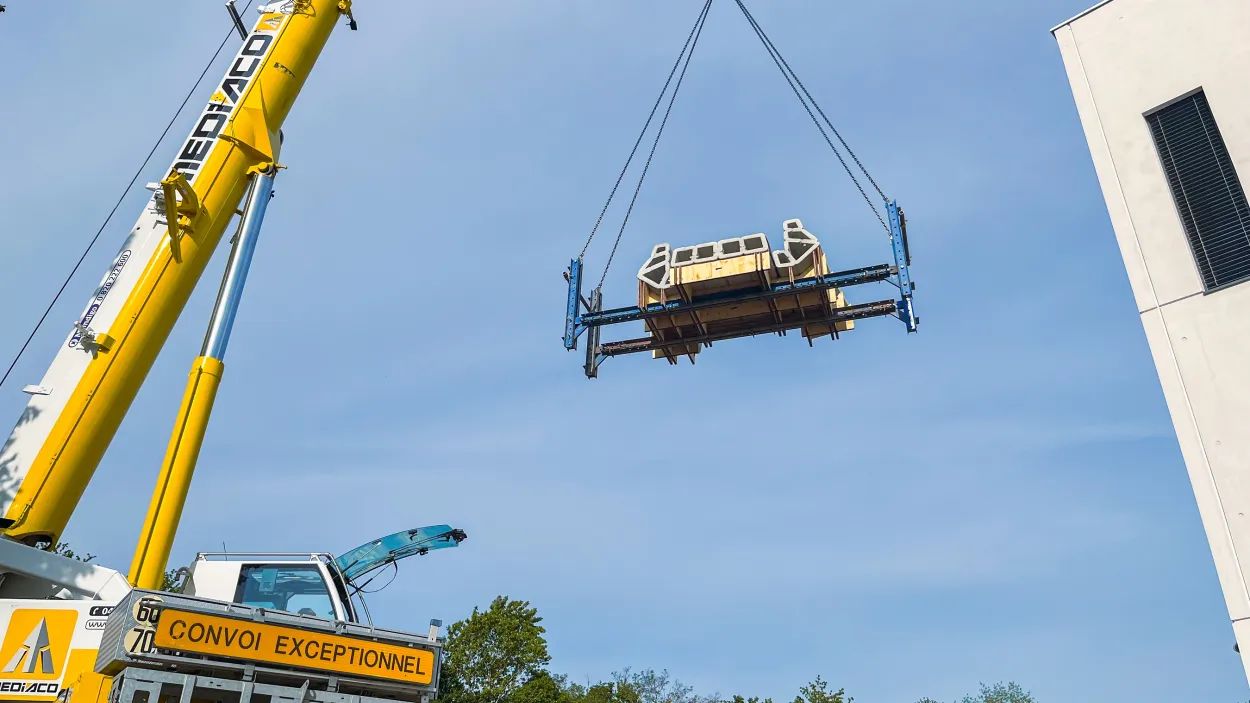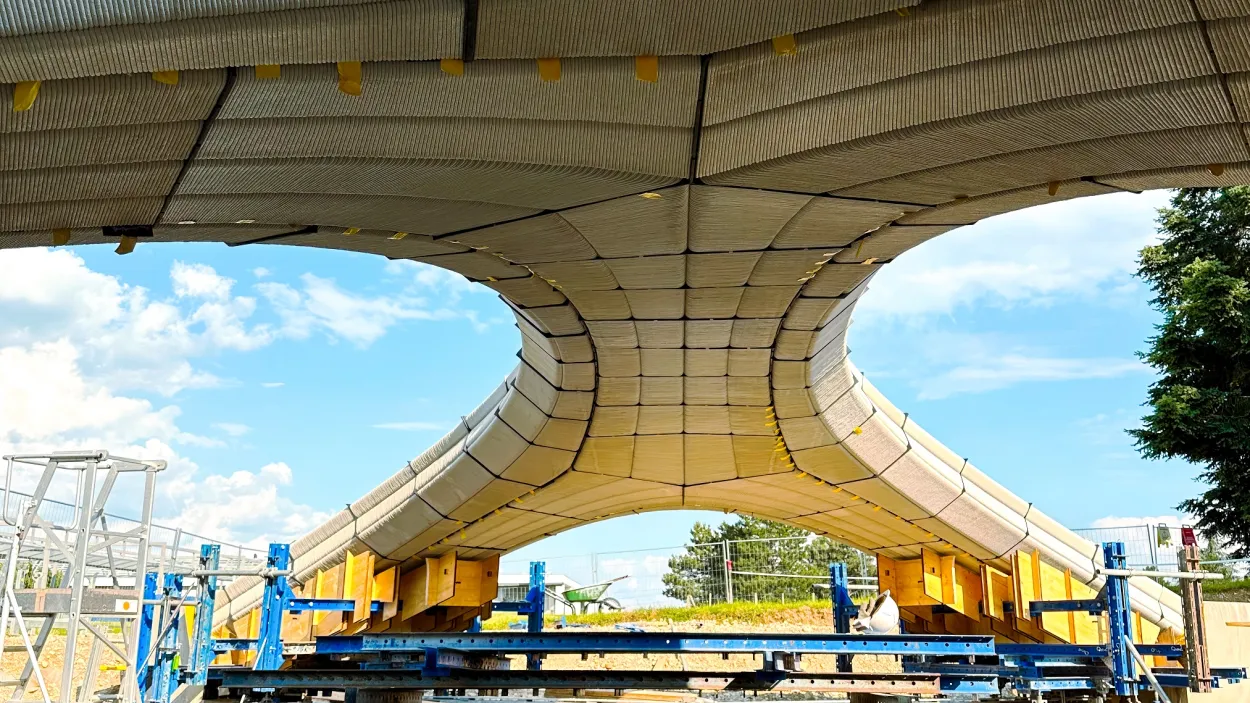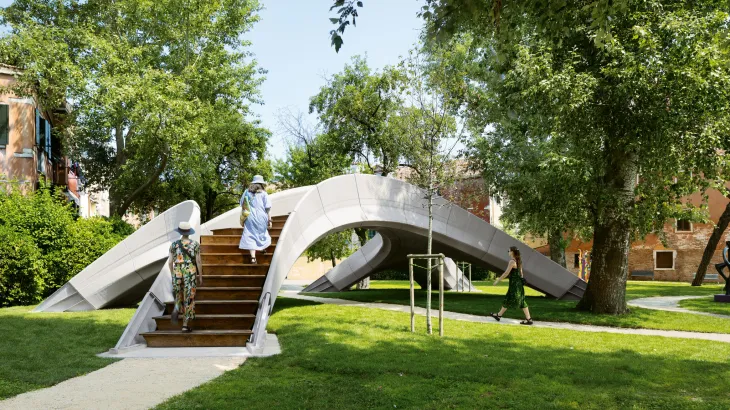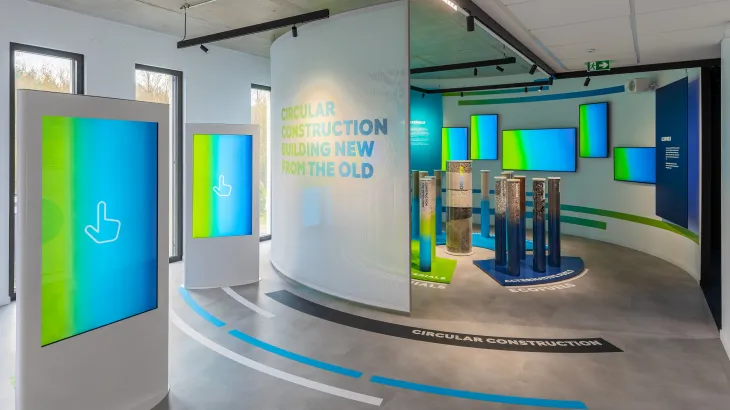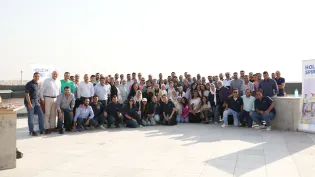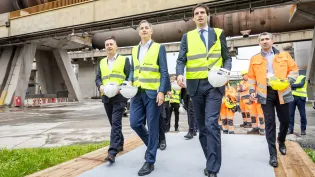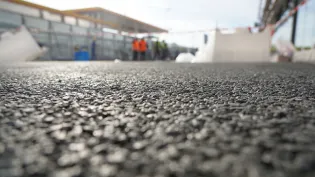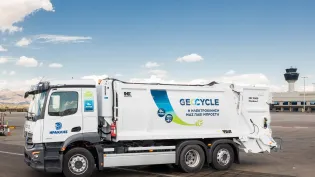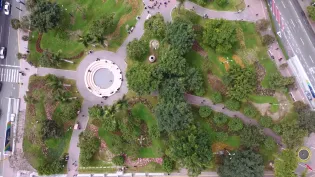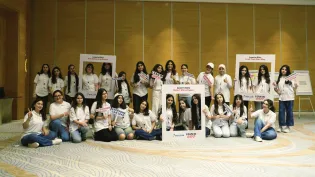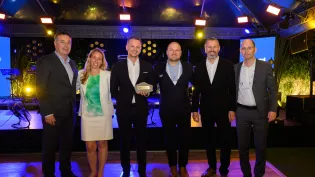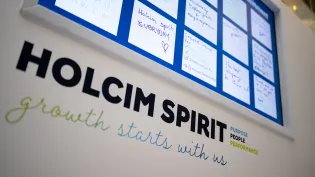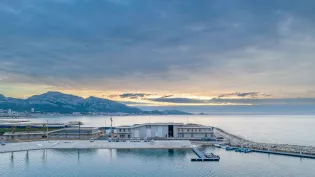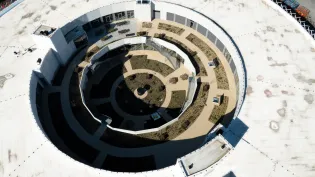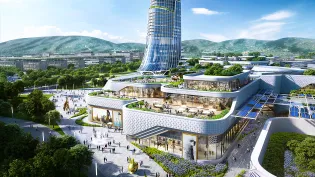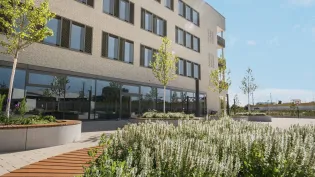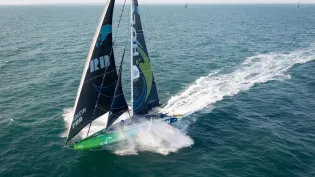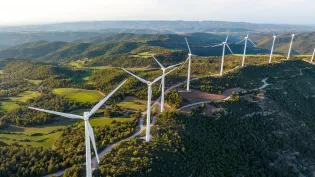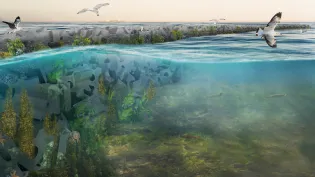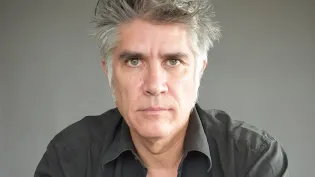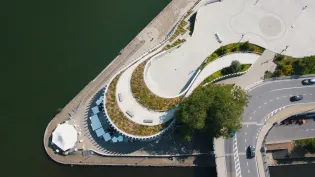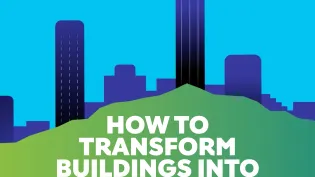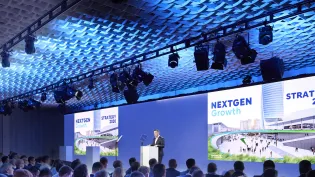Phoenix rises from Striatus
With the rapid rate of urbanization and population growth, the world needs to build better with less to decarbonize construction and build new from old to preserve natural resources. We can do this by deploying low-carbon materials, smart design and circular construction.
3D concrete printing ticks all the boxes and at Holcim, this is one of the innovations in construction that we are continuously advancing to solve some of these global challenges. It all started with Striatus, and now we are taking it to the next level with Phoenix.
From Striatus to Phoenix
Phoenix represents the evolution of Striatus, the first-of-its-kind and award-winning 3D concrete printed bridge that we presented during the 2021 Venice Biennale of Architecture together with our partners: Block Research Group at ETH Zurich, Zaha Hadid Architects Computation and Design Group and incremental3D.
Building on the innovations of Striatus, Phoenix is made with 10 tons of recycled materials, including recycled aggregates from the original blocks of Striatus. We developed a proprietary concrete ink for Phoenix, with an optimized low-carbon formulation that has a 40% lower CO2 footprint compared to the original Striatus. The structure’s overall carbon footprint is 25% lower.
Together with our partners, we are now exploring how Phoenix could be scaled up to provide more generalized sustainable infrastructure solutions.
Building Phoenix
Using our proprietary ECOCycle® circular technology, we developed a custom concrete ink for Phoenix, integrating recycled construction demolition materials with a 100% recycled ECOPlanet cement.
Circular construction using computational design and 3D printing allows for a reduction of up to 50% of the materials used with no compromise in performance. Circular by design, Phoenix stands solely through compression without reinforcement, with blocks that can be easily disassembled and recycled.
I am thrilled to unveil Phoenix, a monument to sustainability and the result of a fruitful collaboration with our partners to meet a common goal: demonstrating that circular and low-carbon infrastructure is possible today. This project showcases the impact that innovation can have in Holcim’s mission to decarbonize building for a net-zero future.
Partnering to drive innovation in construction
Phoenix is a testament to the importance of advancing partnerships for a low-carbon and circular built environment.
In addition to the core collaboration with Block Research Group at ETH Zurich, Zaha Hadid Architects Computation and Design Group and incremental3D, Phoenix was created with contributions from the following partners: AMODIS design and control; DEKRA testing, inspection and certification; Groupe Noel - metal manufacturing; and, Bürgin Creations - assembly.
Phoenix is a significant milestone in technology readiness. It showcases the maturation of integrated design to construction technologies that were initiated with Striatus. There have been improvements in the robustness of the digital design tools, closer alignment with the numerous structural design and circularity related improvements, tighter integration with robotic concrete printing parameters and extensive calibration to improve efficiency of production of almost double the number of blocks in less printing time.
Thanks to its design principles, Striatus (Venice, 2021) already represented 3D concrete printing in its purest possible form. Now, after two years and in its second iteration, Phoenix adds a largely reduced carbon footprint and permanence according to building codes along with many other further improvements. Consequently we, the incremental3d team, are very excited about Phoenix and we are looking forward to many other projects that will evolve in similar spirit.
Concrete is an artificial stone, and like stone, it does not want to be a straight beam, it wants to be a masonry arch. Following these historical principles allows us to keep materials separated for easy recycling and to dry-assemble the structure for easy deconstruction and reuse. 3D concrete printing allows us to realize synthetic voussoirs, placing material only and exactly where needed. The result is a sustainable and truly circular approach to concrete construction.
Phoenix demonstrates Holcim’s commitment to decarbonization: building better with less to decarbonize construction, by using low-carbon materials and enhancing efficiency with smart design and 3D printing; and driving circular construction to build new from old, using recycled materials and preserving natural resources.





